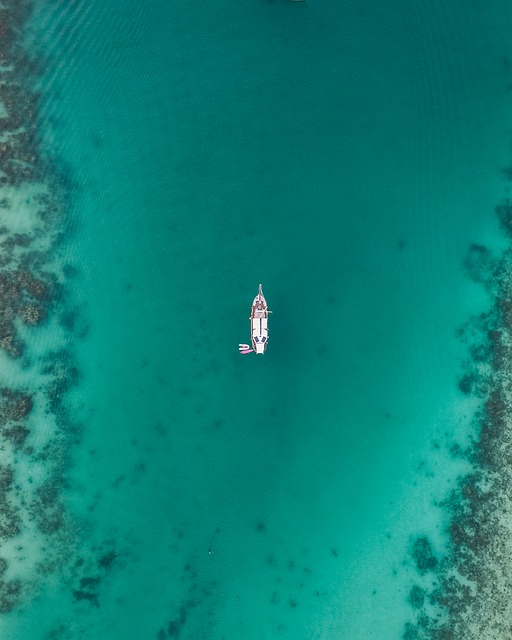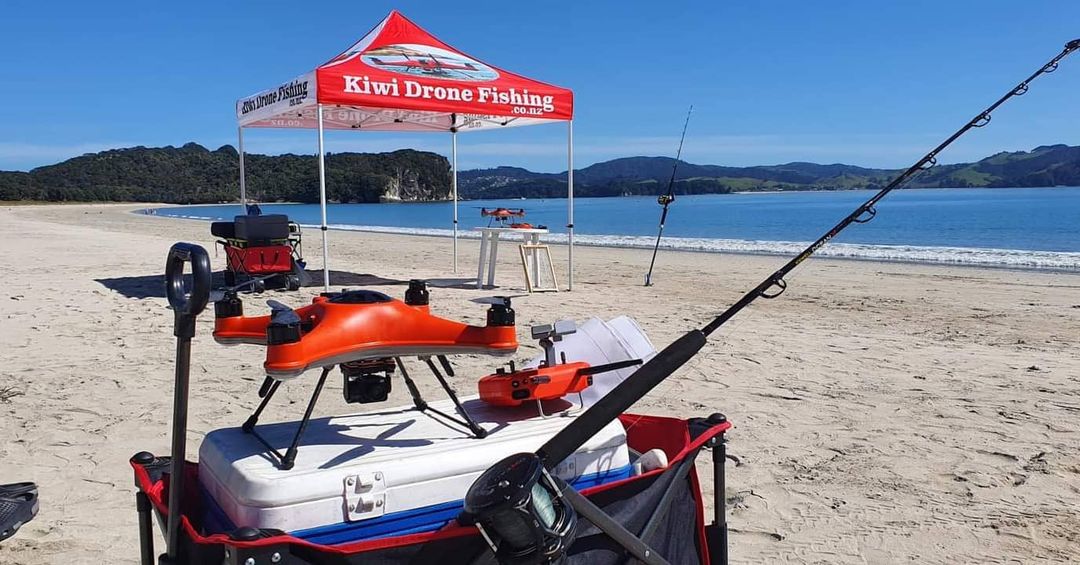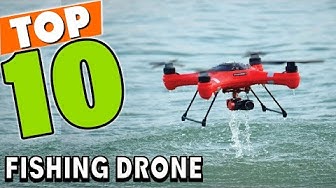
A drone can be used to view the water around your property if you're a keen fisherman living in Australia. A drone can have many features such as an angle adjustable camera and GPS positioning system. There are also fishing lines available that can be used for fishing. They are very stable and secure. The SKY RIGGER drone is one such example.
SKY RIGGER is a drone fishing line
The SKY RIGGER, a flexible fishing system for drones, allows you fish from the air using minimal effort. It has two rotating leg clamps, which can be mounted to many drone models. The release mechanism features a bayonet-style connection, and a cam lock arm that allows you to quickly open the line clamps. Sky RIGGER doesn't require batteries unlike other drones. This drone can take all kinds of fishing techniques and is safe.
The SKY RIGGER's automatic release mechanism allows for the release of the fly when a fish strikes it. You can also manually release the line using your hand or rod. This feature is included on all models. It is strongly recommended that you first purchase a Phantom 3 before you purchase the new SKY RIGGER. Here are some pros & cons of the new line.
It comes with a mechanical payload.
The mechanical payload release is a key feature of a drone. Many of them allow anglers to quickly and easily release their fishing line. Some models lack a release mechanism. Instead, users must "yank the fishing line" to free the drone. This can be awkward, especially for people who don't like using their hands to release line.

A payload release mechanism is also an important feature. The payload should be able to release the drone's line when the fish is struck. This method is not easy to use. You can't just pull the fish up and let it go. Many have had positive experiences with the DJI Phantom. However, the technology is not yet up to the standard of other fishing drones.
It is equipped with a GPS positioning system
Rippton is a joint Australian and Dutch venture that specializes in technology-oriented fishing products. It was founded to improve the success rate of anglers by creating products that increase the enjoyment of fishing. Rippton’s Mobula drone comes with a GPS position system and remote release. The Mobula drone can store bait at the top, protect against kite clippings, and is eco-friendly.
It weighs only 3 pounds and can fly for as long as 18 minutes. The GPS system is high-tech and allows for control from as far away as 2,000 miles. It is capable of flying at 1000 meters (or half a kilometer) range and has intelligent flight modes. It can take high-quality pictures of its surroundings thanks to its point of interest function. The camera's high resolution allows for great views of fish.
It features a failsafe function
Aerokontiki's fisherman drone has a failsafe function: It monitors battery levels and releases fishing line when necessary. It will return to dry land if the battery runs out and continue its mission. It operates with industrial-grade flightcontrollers, and it can work anywhere without requiring calibration. You can use the drone even in the most treacherous water spots.

FAQ
What's the difference between quadcopters and hexacopters?
A quadcopter can be described as a quadrotor helicopter with four rotors. It flies the same way as a traditional helicopter. It has four rotors that rotate independently. A hexacopter is similar to a quadcopter except that it has six rotors instead of four. Hexacopters are stabler and more maneuverable than quadcopters.
How can I keep drones from my home?
Drones are becoming increasingly popular for home surveillance, but they also threaten privacy and security. You can prevent drone attacks by installing motion sensors around your home and using them to detect any unauthorised flying objects.
Are drones allowed at public events?
The rules are not required for drone flying. You will need to get approval from event organizers if your drone is going to be flying during public events such as a parade, festival or concert.
Statistics
- According to Indeed, a drone pilot gets paid $25.73 per hour on average in the US. (dronesgator.com)
- According to industry research from ZipRecruiter , there are 10 cities where the typical salary for a Drone Pilot job is above the national average. (dronesgator.com)
- According to ZipRecruiter, the minimum hourly wage of drone pilots is $20. (thedroneu.com)
External Links
How To
How to Fly Drones for Beginners
A drone is an unmanned aerial vehicle that can be remotely controlled and used for surveillance, aerial photography, film production, research, and other hobby purposes. Drone technology has been around since World War II. DJI introduced their Phantom series of quadcopters in 2010, but commercial use only began in 2010. Many types of drones have been made available since then, from beginner-friendly models such as the Parrot AR Drone 2.0, to high-end multi-rotor craft such as the DJI Mavic Pro.
There are many options for flying a drone.
-
Remote control - This allows you to control the drone from your hand. There are two main types, On/Off switches (like radios) and joysticks.
-
Manual Control – This method lets users remotely control the drone by using a smartphone app. The app will provide instructions and help you to locate the drone.
-
Autonomous flight - The drone takes over the piloting duties. It allows the drone to fly independently without any human intervention. The drone must be equipped with a camera and sensors that can capture images and data in order to fly autonomously.
-
Triggered Flight: This is similar in concept to manual control. The pilot manually creates a route and the drone then follows it until it reaches that endpoint. The drone automatically lands once the route has been completed and returns to the base.
-
Landing Gear: Some drones have landing gear that allows them safely to land in case they lose power or run low on battery.
-
Goggles-Some pilots use goggles to protect their eyes from debris during operations.
-
Camera - Some drones are equipped with cameras allowing you to capture photos and videos from above.
-
Obstacles: Some drones are equipped with obstacle avoidance systems to prevent them from hitting obstacles.
-
Speed – Some drones can reach speeds in excess of 40 mph.
-
Battery Life: Most drones have a battery life of between 20 and 30 minutes depending on how many power sources you use.
-
Some drones have a range of up to 30 miles, depending on their model.
-
Power source – Some drones require external power sources, others require internal batteries.
-
Weight - Some drones can be as light as 1 pound while others can reach 4 pounds.
-
Size - From small drones that can be carried in the palm of one's hand to larger drones that weigh over 50 pounds, drones come in a variety of sizes.
-
Price - High-end drones can go for thousands of dollars, while low-cost models start at $100.